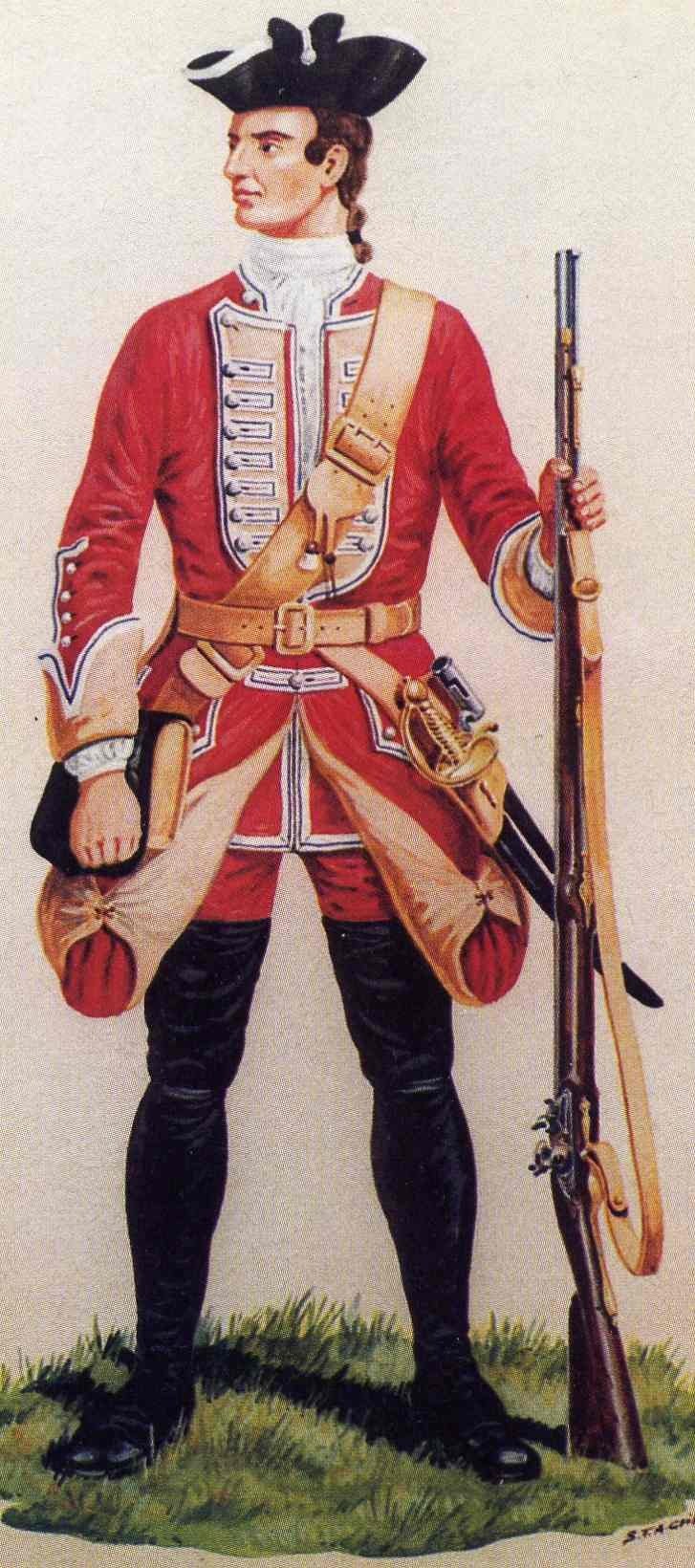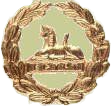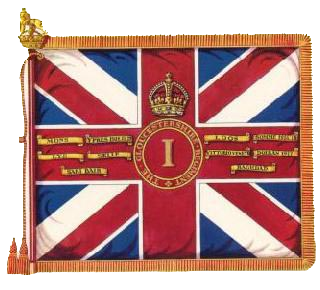 The Gloucestershire Regiment 28th/61st. have acquired several nicknames during their long history, The Old Braggs, Sliver Tailed Dandies, The Flowers of Toulouse but the one that has endured and is now recognised as the official nickname of the Regiment is the 'Slashers'. Today the Battalion's Rugby & Soccer teams are identified as the 'Slashers'.
The Gloucestershire Regiment 28th/61st. have acquired several nicknames during their long history, The Old Braggs, Sliver Tailed Dandies, The Flowers of Toulouse but the one that has endured and is now recognised as the official nickname of the Regiment is the 'Slashers'. Today the Battalion's Rugby & Soccer teams are identified as the 'Slashers'.
So how did the nickname 'Slashers' originate?
It dates back in fact to 1764 when the 28th found themselves on garrison duties in Montreal during a bitter Canadian winter. A certain Thomas Walker, a wealthy City merchant and magistrate was making life for the 28th and their families very difficult. He opposed the military government at every opportunity and being a local magistrate used his position to harass the soldiers unfairly.
The winter was severe and with no barrack accommodation in Montreal, he ensured that the officers and men were given the poorest and most uncomfortable quarters available. Soldiers and their families were regularly being evicted from their billets into the bitter winter cold for no good reason.
Matters were eventually brought to a head. The men of the 28th had had enough and decided amongst themselves that it was time to deal with Mr. Thomas Walker.
On the evening of the 6th December 1764 a group of men armed and disguised stormed into Walkers home whilst he was sitting at the dinner table with family and guests. The party scattered in fear of their lives and Walker tried in vain to reach for his weapons in the next room. He was attacked and it was said, defended himself with spirit, he was however overpowered and in the ensuing struggle a sword was drawn and half of his right ear was slashed off and taken as a trophy by his fleeing assailants.
The following day all hell broke loose in Montreal an inquiry was immediately launched and arrests quickly followed. Everything possible was done to try to identify the assailants to no avail. The soldiers stood by each others alibi's throughout the interrogation and nothing was ever established.
There was however plenty of evidence gathered, bloodstained jackets with 28th facings were found hidden, a Sergeant had borrowed a sword earlier in the evening. Certain soldiers were absent from their quarters at the time of the incident. But no one was brought to trial.
It was thought however that the perpetrators were probably Sgt. Rogers, Sgt. Mee, Pte's Coleman and McLaughlan all of the 28th. It was also believed that four other private soldiers were involved and the names of two officers, Capt. Payne and Lt. Tottenham were being mentioned in hushed terms.
So from the incident of 'Walkers ear' the nickname of the 'Slashers' found its way into the Regiments vocabulary.
In all it seems to have been a close 'Regimental Family' affair for nothing was proven and the true account of events was taken by the men of the 28th to their eventual graves. One certain fact however emerged....Nobody messes with the 28th and gets away with it!
The Slashers however was not the first neither was it the only nickname attributed to the Glosters in their long history.






